Training consultant Anita Rosen designed her book to resemble one of the “asynchronous e-learning courses” she describes within its pages. Her presentation on e-learning is exceptionally clear and is filled with very strong content. Rosen explains that you can’t make many of the decisions involved in developing e-learning courses too far in advance, because technology is changing so quickly and new tools are emerging constantly. That said, she does a great job of methodically covering the major aspects of e-learning. She explains current principles and practices, and sums them up at the end of the book in a guide for “subject matter experts” who design e-learning courses. getAbstract recommends this book to corporate trainers, academic distance-learning developers, and anyone else who makes decisions about training.
The Advantages of E-Learning
Corporations are always looking for new and better ways to deliver training, and even small businesses want to find ways to keep their staffs up-to-date. E-learning offers powerful possibilities for both groups. Once you develop an e-learning program, it is always available. Participants don’t have to retain as much content as they do in a traditional classroom setting, because they can always review the course to refresh their memories. Trainers can develop courses that meet specific corporate needs or audiences.
Calculating the return on investment for an e-learning course is relatively easy: Compare the cost of developing the e-learning course (plus technical support costs) to the cost of the in-person training it would replace. Often, an e-learning course works out cheaper. Before engaging your firm in e-learning training, set definite, concrete goals that you want the training to achieve within a given time parameter. An example of such a specific goal is to “move 50% of all training courses to the Internet within eight quarters.”
The Five Stages of Technology Acceptance
Once you’ve identified your goals, evaluate them...










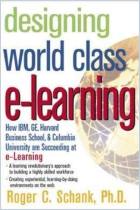
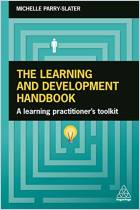
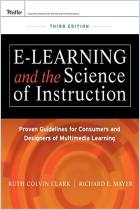
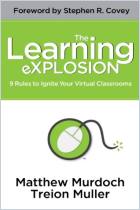
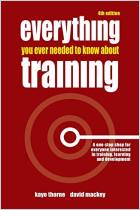




Comment on this summary or Comenzar discusión